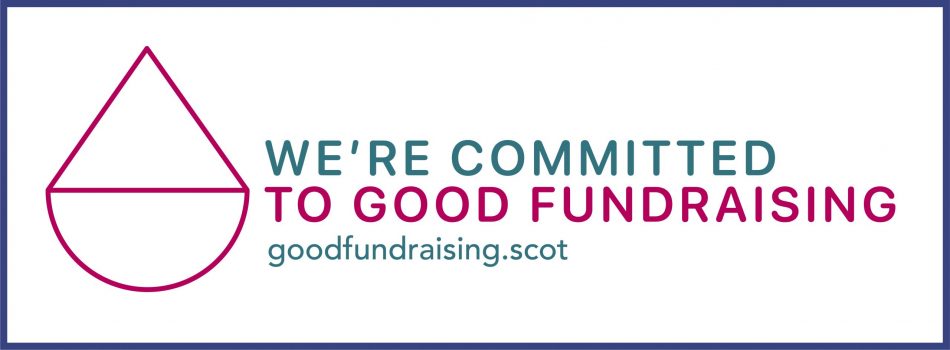In the middle of 2018, a young pupil at Uphill fell and broke his leg, a childhood accident. While he was being treated for this, our young patient was diagnosed with malnutrition. As the doctor who examined him, Dr Jolly Banura, said,
“Malnutrition is a major problem in many parts of Uganda and requires education in proper childhood nutrition.”
Malnutrition is assessed using very simple parameters of weight, height, age and mid upper arm circumference. The categories are: normal, mild acute or severe acute malnutrition.
National statistics show a country-wide malnutrition rate of 29% but in Tooro district, where our school lies, the level is 40%.
Dr Banura, along with her team from the hospital in Fort Portal, offered to help set up a nutrition training programme at Uphill for the school and wider community. The aim of this project is to educate parents about the health benefits of a varied diet incorporating local foods that can be grown easily on their shambas. With their parents providing them with a more nutritionally balanced diet, the children will be healthier and hopefully better able to concentrate in school.
In many parts of rural Uganda, it is not the lack of food that is the problem, but the restricted diet that stems from lack of knowledge about balanced nutrition.
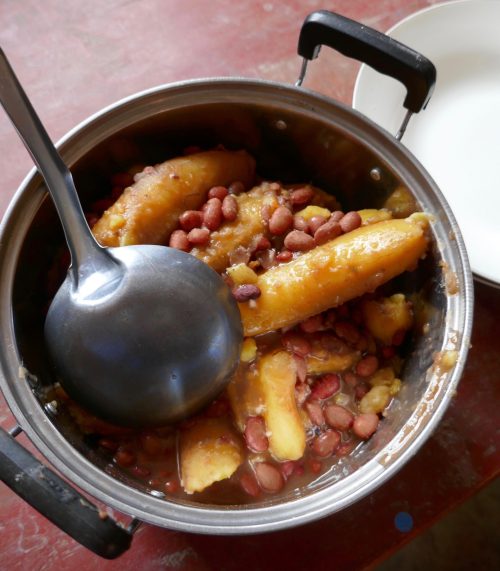 Matoke and beans is one of the dietary staples . Served in huge portions, it is very filling but could do with the addition of some greens on a regular basis. Matoke is type of green banana, like plantain, and is prepared by steaming under banana leaves.
Matoke and beans is one of the dietary staples . Served in huge portions, it is very filling but could do with the addition of some greens on a regular basis. Matoke is type of green banana, like plantain, and is prepared by steaming under banana leaves.
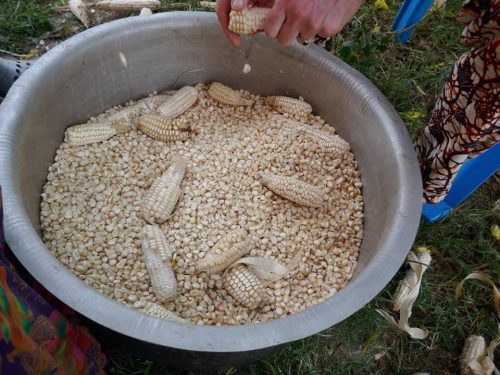 Dried maize is another Ugandan staple. Once ground into posho, it is used to make a thick porridge that is either eaten on its own or served with cooked beans
Dried maize is another Ugandan staple. Once ground into posho, it is used to make a thick porridge that is either eaten on its own or served with cooked beans
Often a large proportion of the crops grown on the shambas are sold to provide the family with income rather than being used to feed themselves. In addition, there are often unpredictable seasonal fluctuations in the weather, and other environmental changes that affect the crop yield. Poverty, high disease rates and pressure from an increasing population add to this significant problem.
Dr Banura has already visited the school to plan the programme with the teachers, bursar and the new school nurse, Peace.
All the children at Uphill will be assessed to establish the level of malnutrition in our school.
Further visits will involve training all the team members, and meetings with the community leaders and school management committee.
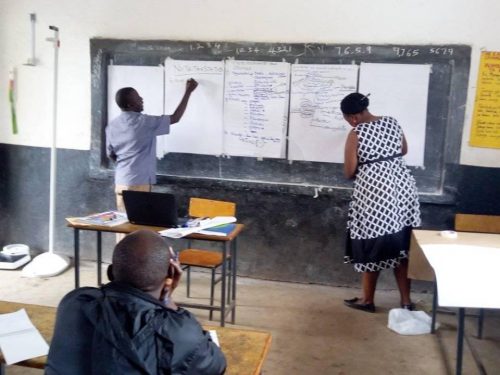 The training of the assessors at Uphill Junior School
The training of the assessors at Uphill Junior School
Equipment purchases for the project – weighing scales, a stadiomenter to measure height plus special measuring tapes for assessing mid upper arm circumference (MUAC tapes).
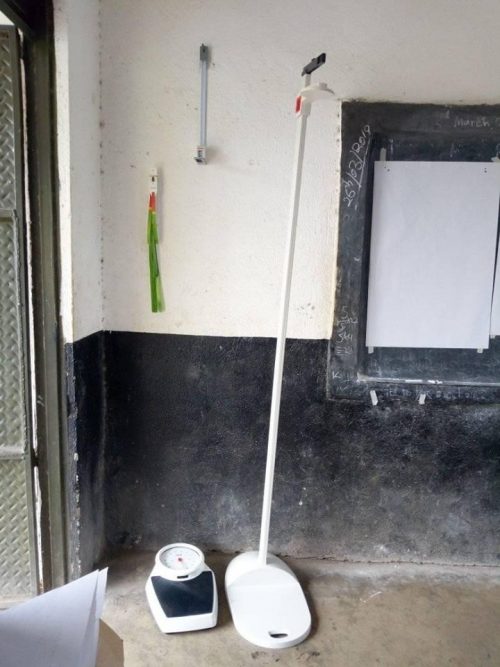
Dr Banura plans to hold a meeting with the parents and primary carers to show them simple and easily managed ways of improving their basic diet along with improved cooking methods.
In addition, our recently planted school vegetable plots will be used as a demonstration garden to help show what nutritious crops can be grown easily in the very fertile soil of the area. More about the school garden project
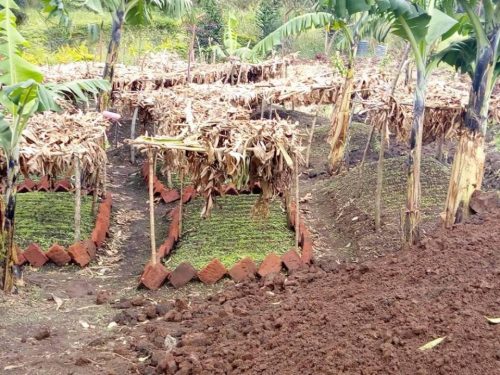 Vegetable seedlings starting to germinate in shaded nursery beds at the school
Vegetable seedlings starting to germinate in shaded nursery beds at the school
If this can provide the spark needed to help improve the diet and health of our children, it will be a great step forward.
UPDATE: 30 MARCH 2019
Photographs from the pupil assessment day – an event that involved all the pupils and teachers, as well as the visiting Nutrition Team:
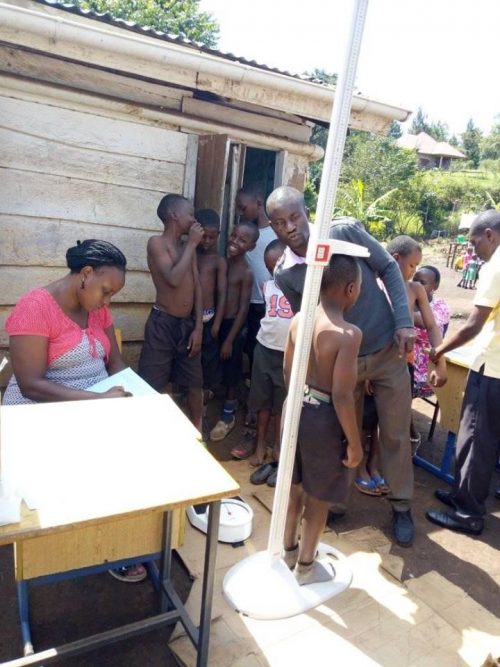 All the pupils were weighed and measured
All the pupils were weighed and measured
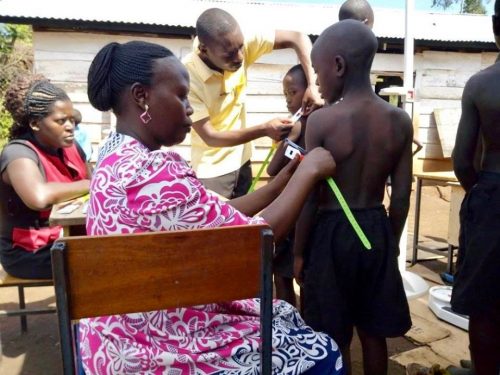 Collecting the Mid Upper Arm Circumference (MUAC) data
Collecting the Mid Upper Arm Circumference (MUAC) data
The report that followed contained the following information:
General Observations
- School environment was clean, with clean sanitation facilitates and with hand washing facilities in place
- Team work was exhibited by the school administration, teachers and pupils
- Staff were knowledgeable about nutrition and their input and support during the nutrition assessment exercise was commendable
- Most children assessed were below 10 years of age
- Some children were not tidy, there were some dirty uniforms, some pupils had ring worm and other fungal infections on the head and body
- Evidence of irregular washing and tooth brushing
Of the 297 children assessed, 23 showed signs of moderate malnutrition only (8% of the tested children). These children and their families are now being supported through education and gifting of vegetables from the school garden.
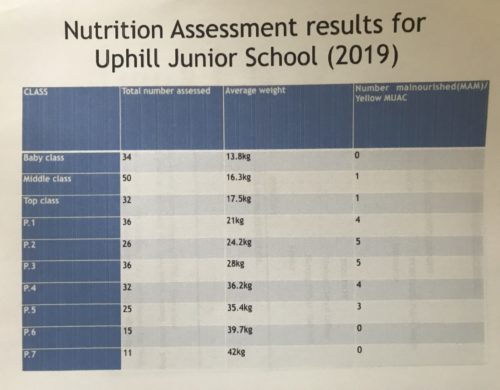
UPDATE: 10 March 2020
Dr Jolly Banura has visited the school on several further occasions and each time has stressed the importance of good personal hygiene for body and clothing.
The children who displayed ringworm/fungal infections are being treated by the school nurse.
Improved nutrition is in evidence in the school, with a wider range of vegetables being served in the school lunches. Dr Banura is keen to arrange a cooking demonstration with the primary care givers at the school this term.
A dental hygiene programme is being introduced in 2020.
Tags: Uphill Nutrition Project






